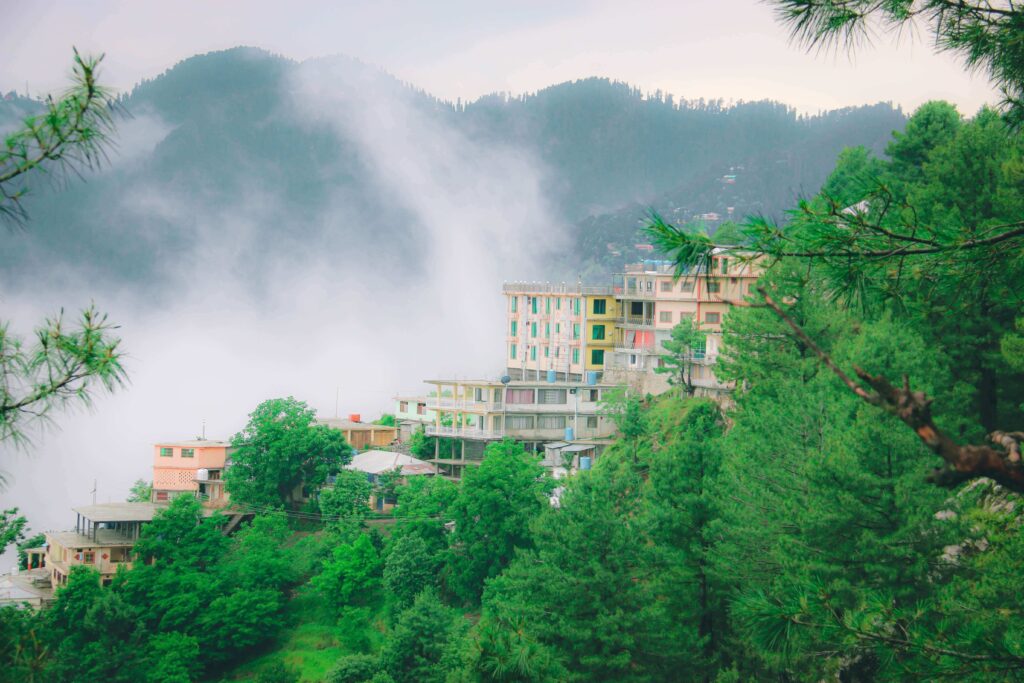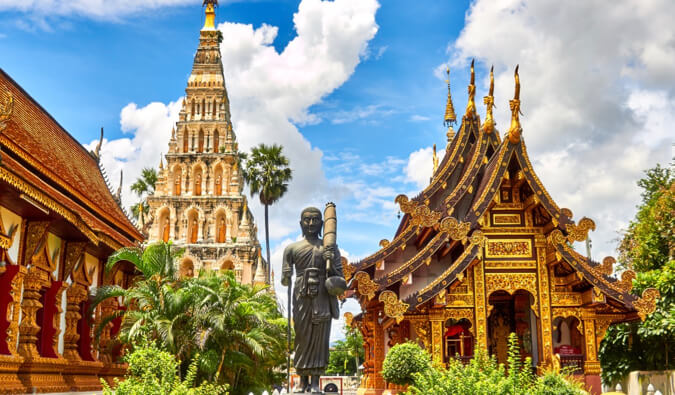T
he recent glacial outburst from Shisper glacier and the resulting damage to the bridge in Hasan Abad valley of Hunza, which blocked the Karakorum Highway, once again emphasized the need to address the adverse effects of Climate Change. Climate Change’s impact on the ecosystem and atmosphere is a serious threat, especially in Pakistan, which ranks among the top 10 countries most affected by it. Gilgit Baltistan, in particular, faces the dual challenge of extreme cold and heavy snowfall in winters, as well as glacial outbursts and floods in summers.
The crumbling of the Hasanabad bridge due to a massive glacial lake outburst flood (GLOF) highlights the urgent need to address the accelerating rate of glacial melting. With approximately 10 percent of the world’s land covered by glaciers, they play a crucial role in providing 70% of the Earth’s freshwater. However, the rising temperatures are causing glaciers to melt at an alarming rate, posing a significant challenge in ensuring future freshwater availability. Additionally, global warming is contributing to the rise in sea levels. A research paper published in the esteemed scientific journal Nature reveals that glacial melting from 2000 to 2019 led to an annual sea level rise of 0.744mm. This rate of glacial melting in the 21st century has doubled compared to the previous century. Disturbingly, the Arctic region experienced a record high temperature of 38 degrees Celsius in 2020, further endangering the survival of glaciers in that area.
Pakistan, like many other countries, has been severely impacted by global warming and the rapid changes in climate. As one of the top ten countries affected by Climate Change, Pakistan experiences various consequences such as floods, Glacial Lake Outburst Floods (GLOFs), rising temperatures, and heatwaves. The region of Gilgit Baltistan, including Astore, Skardu, Ghizer, Gilgit, and Hunza, is particularly vulnerable to landslides, floods, and GLOFs. The formation of the famous Attabad Lake in Gojal, Hunza, resulted from a massive landslide that tragically claimed lives, damaged homes, and affected the lives of many. Another devastating GLOF occurred in the Immit Valley, creating an artificial lake and isolating ten small villages from the rest of the country.
Pakistan boasts the largest number of glaciers outside the Polar Region, with over 5200 glaciers, around 2000 of them located in Gilgit Baltistan (GB). GB is home to three of the world’s seven largest non-polar glaciers. These glaciers serve as vital freshwater reservoirs, benefiting both GB residents and mainland Pakistan. Unfortunately, rising temperatures have accelerated glacier melting, with a 0.5% melt rate during summers. Scientific studies confirm the local testimonies, as glaciers like Hinarche in Bagrot valley, Gilgit, have retreated about one kilometer in the past 20 years. The Passu glacier is also diminishing over time. The impact on the local communities is evident, as shared by Ghulam Ali, a 65-year-old resident of Bagrot valley, who remembers the glacier being much closer just three decades ago.
The melting of glaciers has numerous negative consequences, including increased river flow, which can eventually lead to decreased water availability. It also poses risks of floods, avalanches, and Glacial Lake Outburst Floods (GLOFs). The Chairman of Pakistan’s National Disaster Management Authority warned in 2020 that increased snowfall in GB during winters, coupled with rising temperatures, increases the risk of floods during summers. A UNDP report from 2018 states that Gilgit Baltistan has over 3000 glacial lakes, with 33 of them at risk of hazardous GLOFs. Glaciers, composed of flowing ice and debris, can form temporary lakes. GLOFs occur due to factors like landslides, avalanches, earthquakes, or pressure from lake water, causing significant damage. The growing number and magnitude of GLOFs are concerning.
According to a study by ICIMOD, if global warming is limited to 1.5 degrees Celsius, 36% of glaciers in the Himalayan, Karakoram, and Hindukush regions could disappear by 2100. While glaciers worldwide are shrinking, there is a meteorological anomaly in GB’s Karakoram range where glaciers are increasing during winter but melt faster in summer due to rising temperatures. The current rate of glacial melting in some parts of GB may not be alarming, but it can become threatening with further global warming.
Many projects in GB aim to mitigate GLOFs and Climate Change effects. These include threat detection systems, barricades, and forest and glacier preservation efforts. Pakistan’s low forest cover of 5% compared to the global average of 31% is concerning. The Ministry of Climate Change and International Green Climate Fund have started a $37 million project for GLOF risk reduction. We need long-term goals like increasing forestation and reducing fossil fuel use, as well as immediate actions to rebuild infrastructure and evacuate affected people. Let’s act before its too late!





























